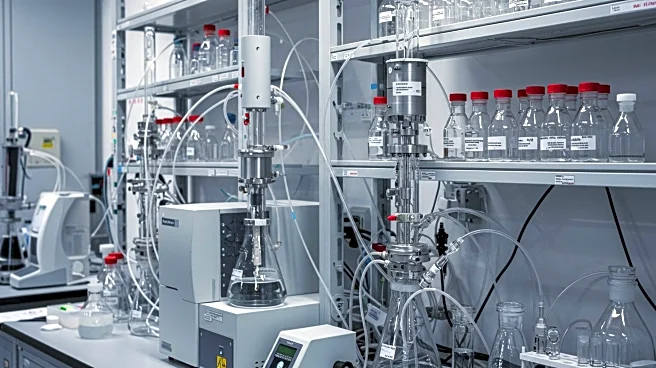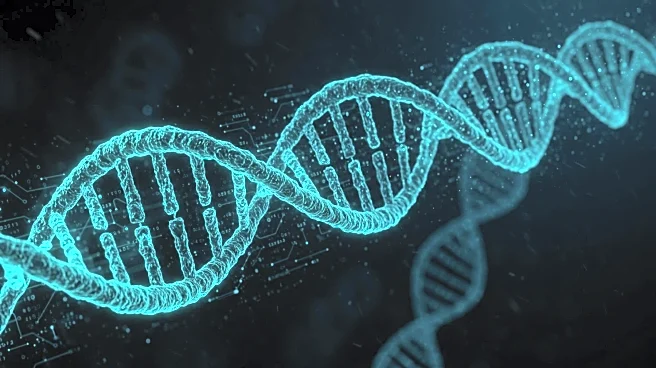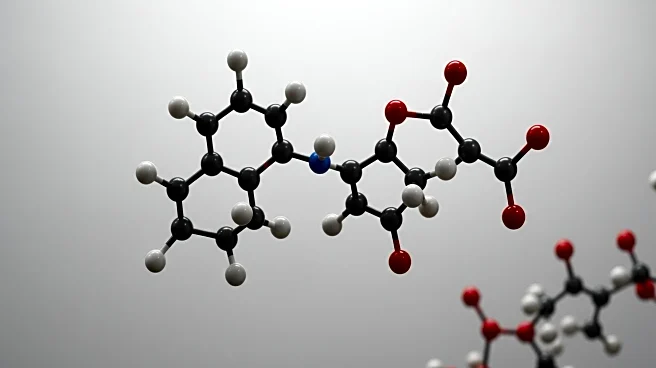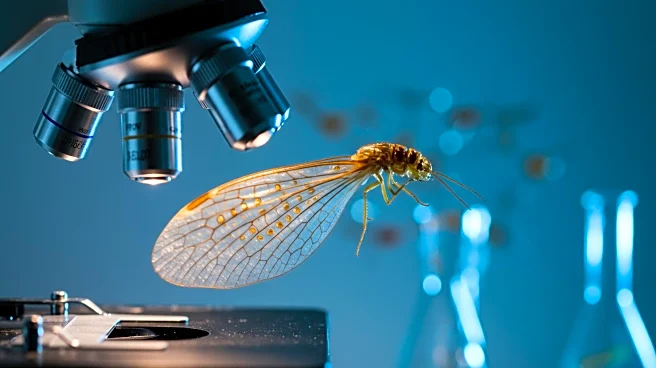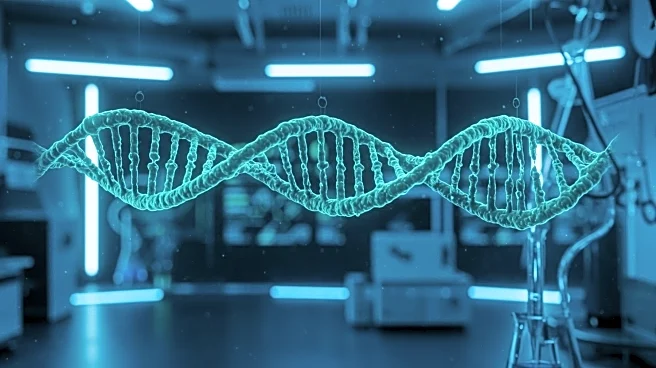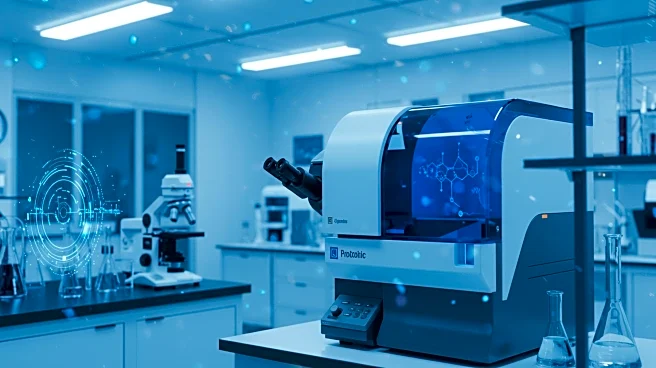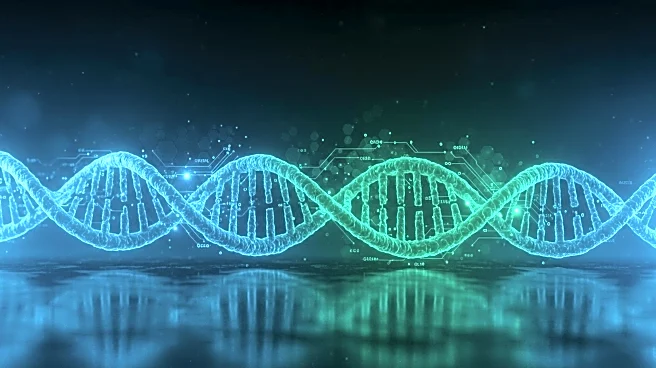What's Happening?
Scientists are advancing the field of oligonucleotide impurity analysis by employing hydrophilic interaction chromatography (HILIC). This method is gaining traction due to its ability to offer high-resolution separation and compatibility with mass spectrometry, which is crucial for effective impurity profiling. Oligonucleotides, which are synthetic DNA/RNA strands used in research and therapeutics, often face synthesis errors and degradation, leading to impurities such as shortmers and side reactions. Traditional analytical techniques like ion-pairing reversed-phase chromatography (IP-RP) and anion exchange chromatography (AEX) have limitations in sensitivity, selectivity, and mass spectrometry compatibility. HILIC addresses these challenges by optimizing mobile phase and gradient conditions, integrating with mass spectrometry for precise impurity identification, and employing techniques to reduce adducts and adjust flow rates.
Why It's Important?
The use of HILIC in oligonucleotide impurity analysis is significant for the research and therapeutic sectors that rely on synthetic DNA/RNA strands. By improving the accuracy and reliability of impurity profiling, scientists can enhance the quality and efficacy of oligonucleotide-based treatments and research applications. This advancement could lead to more effective therapeutic interventions and a deeper understanding of genetic materials. Industries involved in genetic research and pharmaceuticals stand to benefit from these improvements, potentially leading to breakthroughs in personalized medicine and genetic therapies.
What's Next?
As HILIC continues to prove its effectiveness, it is likely to become a standard practice in oligonucleotide impurity analysis. Researchers may further refine the technique to address remaining challenges such as poor resolution and irreproducible retention. The integration of HILIC with advanced mass spectrometry techniques could lead to even more precise impurity characterization, paving the way for new applications in genetic research and therapeutics. Stakeholders in the pharmaceutical and biotechnology industries may invest in further development and adoption of this method.
Beyond the Headlines
The adoption of HILIC for oligonucleotide impurity analysis may have broader implications for the field of chromatography and analytical chemistry. As researchers continue to explore its capabilities, HILIC could be applied to other areas of study, potentially revolutionizing impurity analysis across various scientific disciplines. This could lead to a shift in how impurities are detected and characterized, impacting regulatory standards and quality control processes in the pharmaceutical industry.
